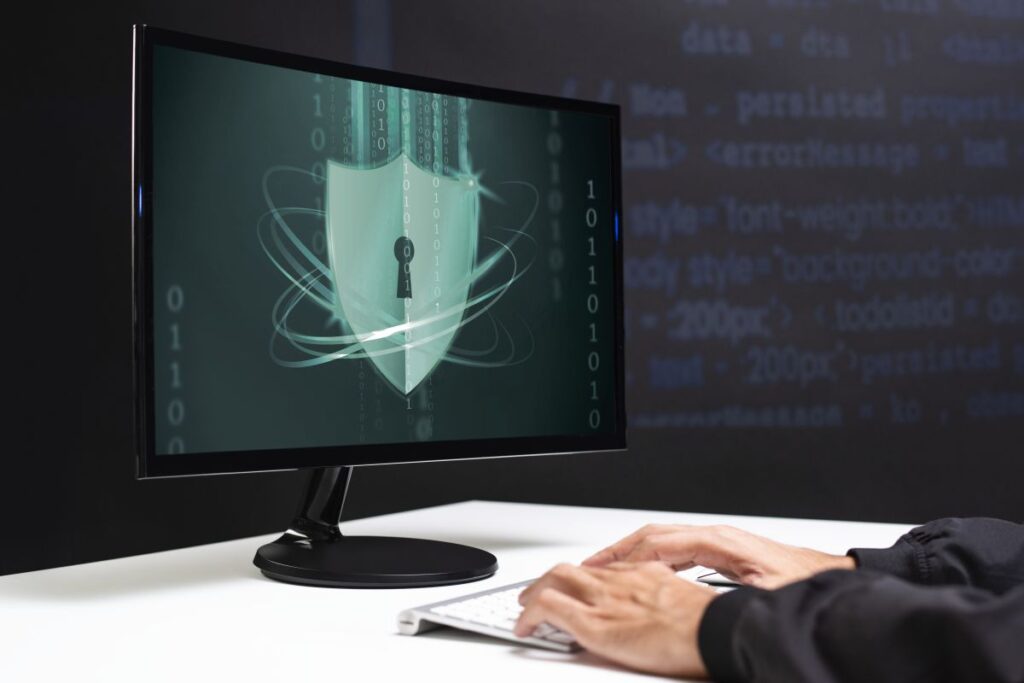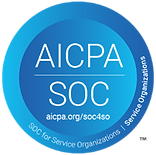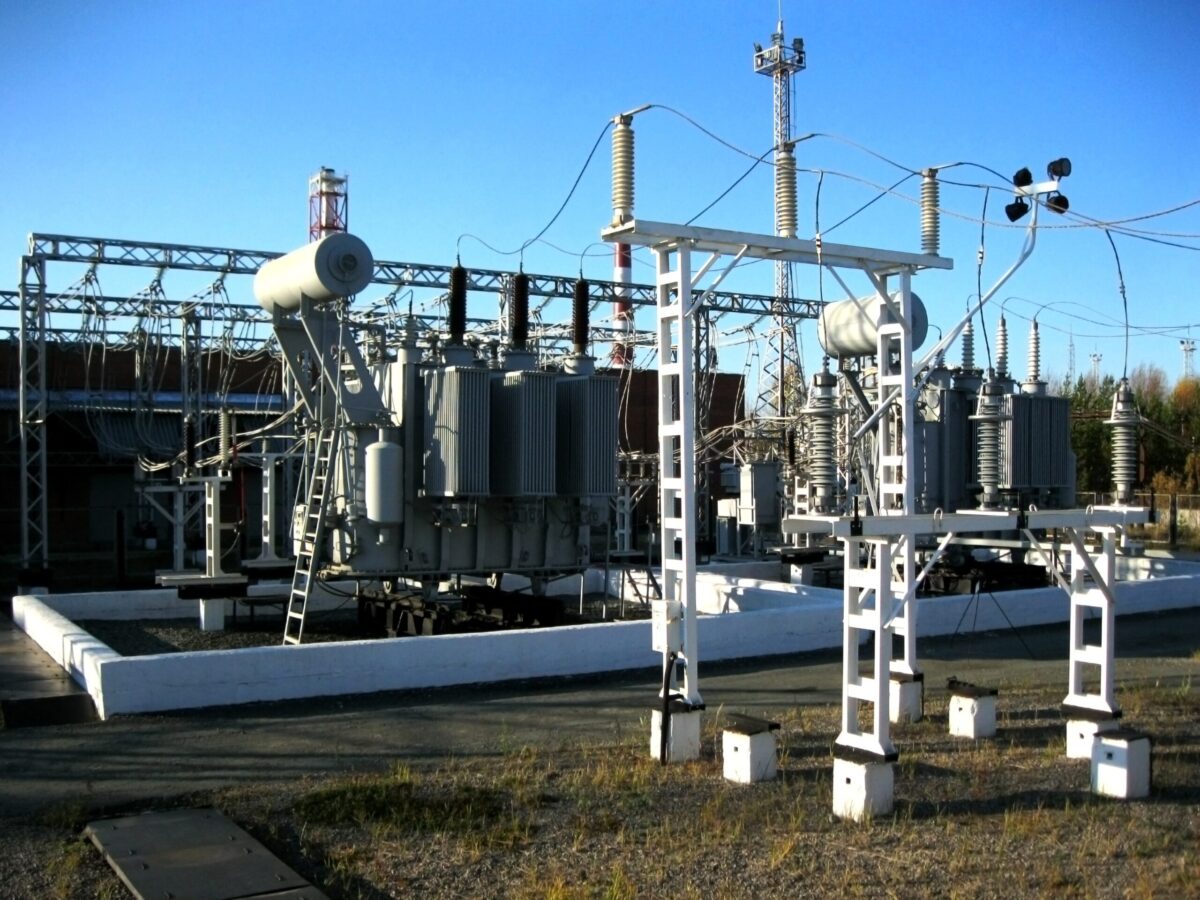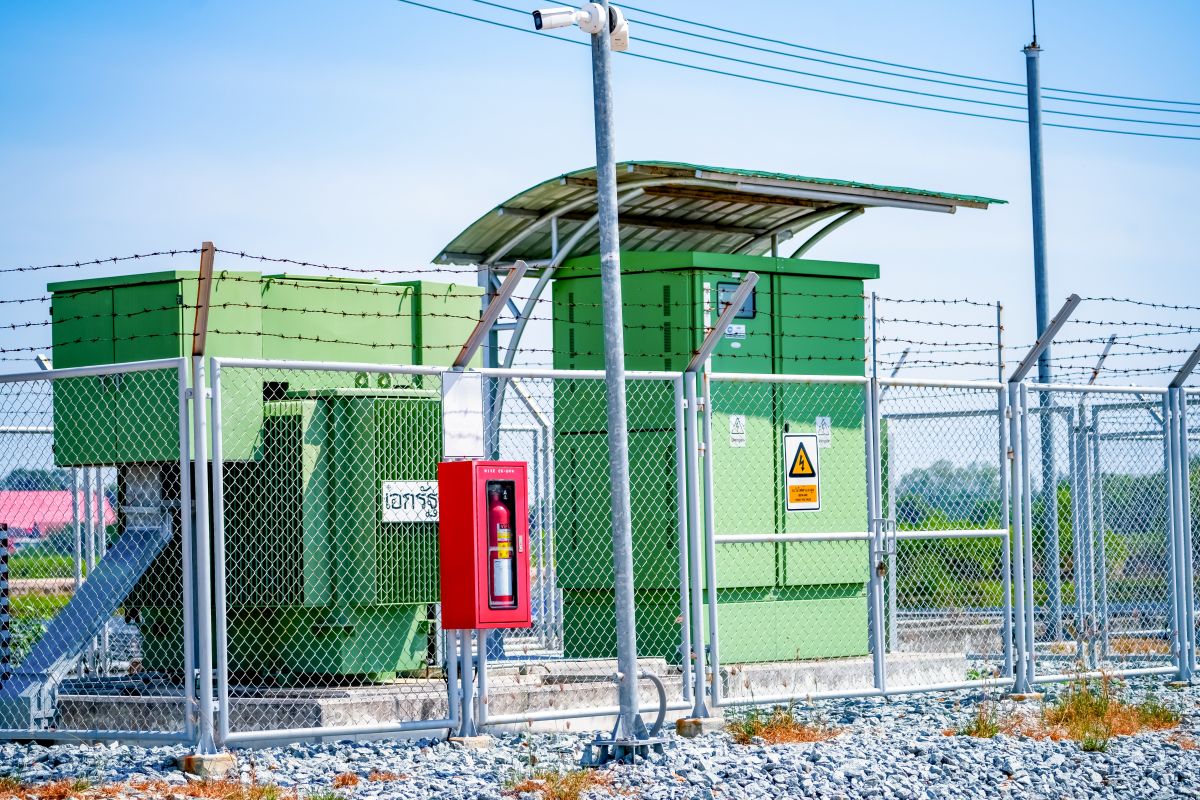As compliance experts, we understand how complex and crucial the NERC Critical Infrastructure Protection (CIP) standards are. Our goal is to simplify the compliance process for your organization, ensuring that you meet the required standards while enhancing the security of your systems and assets. Certrec offers a wide range of compliance services to help ease the burden of maintaining compliance. Ready to learn more? Contact us to schedule a demo of our services. For now, here is a high-level guide with 10 essential tips to help you comply with NERC CIP standards.

1. Cyber Safety: Keep Login Information Secure
Never share login details or leave them written in easily accessible places. This is especially important for shared devices. Limit access to only those who truly need to know. Unauthorized individuals gaining access to shared login information can lead to breaches of sensitive systems, so always maintain tight control over login credentials.
2. Cyber Safety: Lock Your Computer When Not in Use
Always lock your computer when stepping away from your desk. Unauthorized access can occur in seconds, especially if you’re already logged in. This simple habit can prevent malicious activity or accidental changes that could affect critical infrastructure systems.
3. Cyber Safety: Use Strong, Unique Passwords
Ensure your passwords are both complex and unique, incorporating numbers and symbols. Avoid reusing passwords from other accounts, and ensure they are not easily guessable. Strong passwords add an essential layer of protection and are your first line of defense against cyberattacks, so always choose unpredictability over convenience.

4. Cyber Safety: Beware of Suspicious Emails
Even familiar-looking emails can be dangerous. If you weren’t expecting an email with a link or attachment, call the sender to verify its legitimacy before clicking anything. Malicious emails are becoming increasingly sophisticated, so double-checking any unexpected communication could prevent a serious security breach.
5. Physical Security: Secure Restricted Areas
When entering restricted areas, don’t hold the door for anyone unless you are certain they are authorized to enter. Unauthorized access can compromise security. This small gesture of caution can prevent unintended access to sensitive operational areas, safeguarding both the site and the workforce.
6. Physical Security: Ensure Restricted Areas Are Locked
When leaving a restricted area, ensure that the door is closed and locked properly behind you. Double-check to make sure the locking mechanism is functioning as expected. Faulty locks or improperly secured doors are easy ways for unauthorized individuals to access critical infrastructure, so it’s essential to take the time to ensure security.

7. Incident Response: Know Your Procedures
Make sure you know where your incident response procedures are located. Some incidents must be reported within one hour, so being prepared is essential. Having this information readily accessible allows for swift action, which can mitigate the impact of security incidents and ensure compliance with reporting regulations.
8. CIP Program: Set Reminders for Requirements
Certain CIP requirements must be completed every 15 months. To avoid any issues, schedule reminders to complete these tasks every 12 months, providing flexibility in case of unexpected delays. Proactive scheduling ensures that even if operational challenges arise, your organization remains compliant without rushing to meet deadlines at the last minute.
9. CIP Program: Understand the Role of the CIP Senior Manager
The CIP Senior Manager is ultimately responsible for ensuring that the CIP program is on track. While certain authorities can be delegated, the CIP Senior Manager must approve all CIP-related procedures. This leadership role is crucial in maintaining oversight and accountability, ensuring that all compliance efforts are cohesive and aligned with regulatory standards.

10. General Advice: If You See Something, Say Something
If you notice someone in an area they shouldn’t be or spot a potential security risk, report it immediately. You play an essential role in maintaining the safety and security of the site. Vigilance from every team member can make a huge difference, as early identification of security risks prevents small issues from becoming significant threats.
Next Steps: Assessing Your CIP Compliance
To evaluate your organization’s compliance with NERC CIP standards, Certrec offers a free NERC CIP Health Check. We also provide comprehensive gap analyses to help you identify and resolve compliance gaps. To learn more about our CIP services, contact us at NERCExperts@certrec.com or call 817-738-7661.
Share
Services
Preparing for Your NERC Audit Checklist
Respond to NRC requests and share information securely.
NERC Audit Checklist
Streamline Your NERC Audit Preparation Process
As a trusted resource in regulatory compliance, Certrec simplifies your journey through complex regulatory requirements, enabling a smooth audit experience. Our comprehensive NERC Audit Checklist offers a structured approach to preparing, ensuring you’re ready for every phase of the audit process. This checklist covers crucial steps, from identifying standards to preparing evidence, guiding you through the preparation, and reducing audit stress.


NERC Audit Checklist
Designed for Compliance Success
Certrec’s NERC Audit Checklist is crafted by compliance experts to help you avoid common pitfalls and ensure effective audit preparation. With this checklist, you can:
- Identify applicable standards and audit requirements.
- Gather and organize necessary audit evidence.
- Develop robust RSAW narratives and evidence packages.
- Strategize to handle any potential noncompliance findings.
- Conduct thorough mock audits to prepare your team.
NERC Audit Checklist
Avoid the Challenges of Manual Compliance Preparation
Traditional methods can be overwhelming, requiring multiple tools and extensive manual effort. Certrec’s NERC Audit Checklist organizes your compliance needs into a comprehensive resource, allowing for more effective and streamlined preparation.

NERC Audit Checklist
Key Features of the NERC Audit Checklist
- Understand Audit Evidence Requirements
Collect all essential documentation, including policies, procedures, and records that prove your compliance. Ensure you have supporting materials such as screenshots, reports, training records, and other documentation. - Develop RSAW Narratives and Evidence Packages
Create clear narratives in your RSAW to guide auditors through your compliance evidence. Explain how your processes meet compliance standards and outline any internal controls used to maintain compliance. - Prepare for Potential Noncompliance
Use the self-report process for any potential noncompliance findings before the audit. This proactive step helps mitigate findings during the audit. - Conduct a Realistic Mock Audit
Engage in a mock audit to simulate the official process, including interviews, question-and-answer sessions, and evidence requests. Familiarize your staff with the audit process, ensuring they can confidently present your compliance evidence.

Automate your NERC audit preparation, evidence management, compliance tracking, and follow-up actions.
Certrec offers tailored audit preparation services to assist you with every aspect of your NERC audit journey. Our team can conduct mock audits, provide witness coaching, and support you with RSAW development.
Community Insights
Research questions from individual NRC inspectors and see responses across participating sites.
Save Time and Resources
Based on the experience of our clients, we have concluded IMS provides a realistic savings of $70,000 per site per year.
Controlled NRC Access
Manage NRC access to responses and remove access once an inspection ends.
Secure
We are ISO/IEC 27001:2022 certified, completing yearly audits and SOC 2 Type 2 examinations.
Vendor-Hosted Solution
Free up your IT resources. IMS is cloud-based with all data FedRamp secure and stored in the U.S. For the past 7 years our availability has been greater than 99.9%.
Mobile Friendly
IMS is accessible through a web browser and is mobile and tablet friendly for use while in the field.












